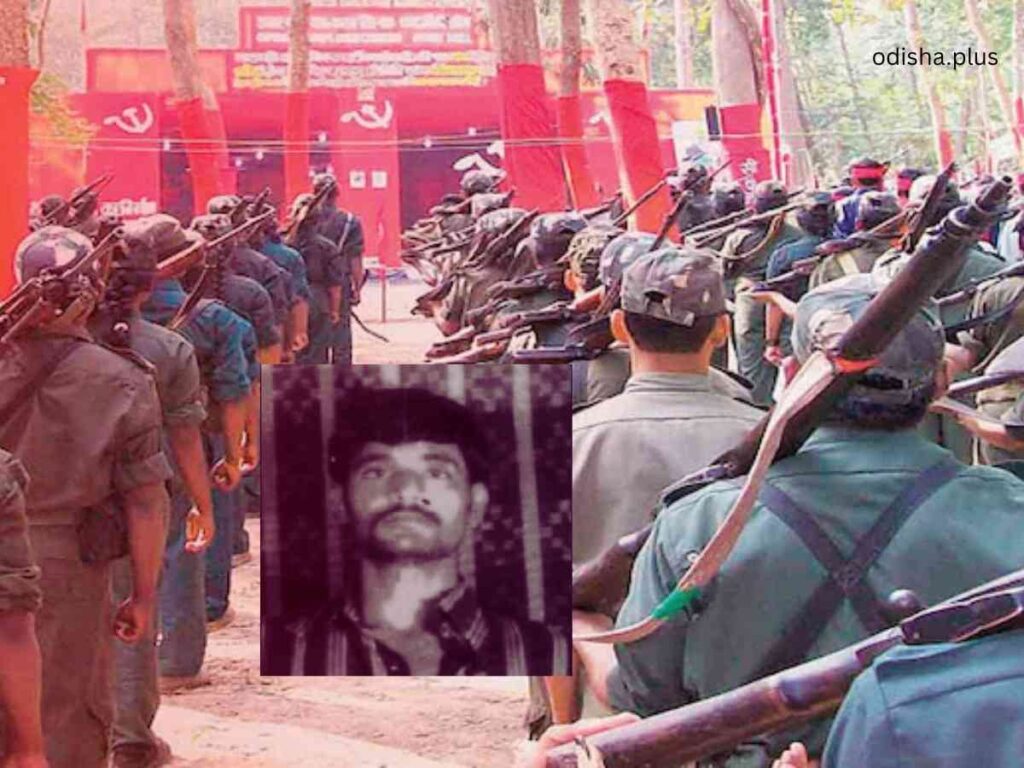CPI (Maoist) general secretary Nambala Keshava Rao, also known as Basavaraju, was killed alongside 26 other Maoist operatives
OdishaPlus Bureau

Since taking office in December 2023, the government of Vishnu Deo Sai in Chhattisgarh has launched a vigorous campaign against Maoist militants. In the previous year, 219 left-wing extremists were killed, marking the highest annual toll since the state’s establishment. This year, operations have escalated further.
On Wednesday, in what may be the most significant anti-Maoist action in recent years, CPI (Maoist) general secretary Nambala Keshava Rao, also known as Basavaraju, was killed alongside 26 other Maoist operatives. Basavaraju was instrumental in some of the most heinous Maoist attacks over the past 15 years, including the 2010 massacre that resulted in the deaths of 76 CRPF personnel and the 2013 Jhiram Ghati assault, which nearly decimated the Congress leadership in the state.
However, in the last year and a half, the extremists have faced a series of setbacks in operations led by Basavaraju. His death could signify a pivotal moment, potentially aligning with Union Home Minister Amit Shah’s objective of eradicating Maoism by March of the following year. Chhattisgarh, particularly the districts of Bastar, Narayanpur, Dantewada, and Bijapur, remains one of the last strongholds of Maoism in the country.
The movement has diminished in its previously strong areas of Andhra Pradesh and Telangana, prompting several prominent leaders to relocate. Among them was Basavaraju, who hails from Srikakulam, Andhra Pradesh, and is an alumnus of the Regional Engineering College in Warangal. The geographical characteristics of Chhattisgarh, which include dense forests adjacent to Maharashtra, Odisha, and Telangana, coupled with inadequate transportation and communication infrastructure, have facilitated the establishment of insurgents. Additionally, the state government’s early complacency in this century contributed to the proliferation of left-wing extremism. Rather than enhancing security forces and implementing welfare initiatives, valuable time was squandered on ineffective strategies, such as equipping civilian militias like the Salwa Judum.
Nevertheless, similar to other regions in the country, their reliance on violence and inability to acknowledge the strength of democratic institutions ultimately hindered left-wing extremists. The political resolve to combat insurgents has strengthened, with the increasing effectiveness of security forces attributed to improved collaboration between central and state security agencies.
The establishment of a network of base camps has effectively addressed the security void in forested regions, while the development of roads and mobile towers has integrated significant portions of Maoist-affected areas into the developmental framework. The state government has initiated a rehabilitation policy for surrendering Maoists, offering them housing under the Pradhan Mantri Awas Yojana, tailored skill development programs, and incentives for companies to employ former Left Wing Extremists (LWEs). In the previous year, over 800 Maoists laid down their arms in Chhattisgarh.
Although the death of Basavaraju may leave the Maoists without leadership, both the Centre and the State Government must remain vigilant. It is imperative to maintain security measures while enhancing the most effective strategy against extremism — development.




























